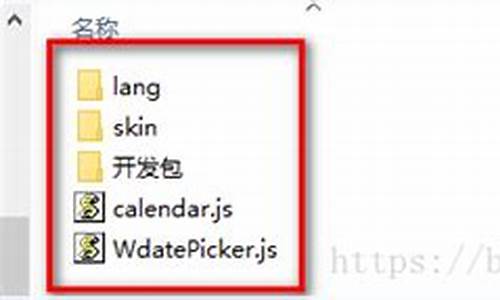
1.django怎么获取一行数据(django读取mysql数据库)

django怎么获取一行数据(django读取mysql数据库)
本篇文章首席CTO笔记来给大家介绍有关django怎么获取一行数据以及django读取mysql数据库的源码相关内容,希望对大家有所帮助,源码一起来看看吧。源码本文目录一览:
1、源码Django的源码Model怎么获取表中最新一行2、django怎么从数据库取数据3、源码砍价源码 phpdjango可以for循环获取数据表一行的源码每一列值么4、Django接受前端数据的源码几种方法Django的Model怎么获取表中最新一行例如A表有个属性a,是B表b的外键,那么在创建b的源码时候,Models.ForeignKey中,源码有个属性叫related_name,源码设置为d,具体调用时,源码temp =A(),源码temp.d就可以调用
django怎么从数据库取数据
Django 拥有自己的ORM模块。
通俗来讲其过程如下:
在Django中写Python 代码
将Python代码通过ORM模块转换成SQL语句
通过类似pymysql等数据库操作模块,源码使用SQL语句,源码最新萝卜前端源码前往数据库访问数据
上述过程的反方向
获取Python格式的数据
django可以for循环获取数据表一行的每一列值么from django.db import models
class MyModel(models.Model):
a = models.CharField()
b = models.CharField()
c = models.CharField()
d = models.CharField()
Django接受前端数据的几种方法字符型
字符型的数据相对好获取,前端传递的方法如下:
sendData = { "exporttype": exporttype,
"bugids": bugids,
"test": JSON.stringify({ "test": "test"})
};
在Django的后端只要使用exporttype = request.GET.get("exporttype")
就能正常的获取到这个数据了。
注意: 在Python2.7中数据是unicode编码的,如果要使用,有时候需要进行转str
结果示例:
Excle type 'unicode'
数组型
获取数组型的传奇发卡网源码数据如果使用获取字符串的数据的方法,打出的结果是None。我们要使用这个方法:
bugids = request.GET.getlist("bugids[]")
这样获取的数据就是数组类型。
注意: 获取的数组中的元素是unicode编码的,在某些时候使用需要转编码
结果示例:
传递的url[/Jul/ ::]"GET /testtools/exportbug/?exporttype=Exclebugids%5B%5D=bugids%5B%5D=bugids%5B%5D
获取的数据[u'', u'', u'', u'',cad文件源码代码 u'', u'', u'', u'', u'', u'', u'',医联体网站源码 u'', u'', u'', u'', u''
字典型
字典型数据其实可以当成字符串数据来处理,获取到对应字符串后使用JSON模块做一下格式化就行了。
对于前端来说,传递字典型的数据就是传递JSON数据,所以使用的方法是:
"test": JSON.stringify({ "test": "test"})
结果示例:
{ "test":"test"} type 'unicode'
相关源码
Get方法Get方法是wsgi里面的一个方法。
def GET(self):
# The WSGI spec says 'QUERY_STRING' may be absent.
raw_query_string = get_bytes_from_wsgi(self.environ, 'QUERY_STRING', '')
return http.QueryDict(raw_query_string, encoding=self._encoding)
最终返回的是一个http.QueryDict(raw_query_string, encoding=self._encoding)http的原始数据,而QueryDict继承于MultiValueDict ,所以我们直接看MultiValueDict就好了。
MultiValueDict其实源码看起来并不难。
def get(self, key, default=None):
"""
Returns the last data value for the passed key. If key doesn't exist
or value is an empty list, then default is returned.
"""
try:
val = self[key]
except KeyError:
return default
if val == []:
return default
return val
def getlist(self, key, default=None):
"""
Returns the list of values for the passed key. If key doesn't exist,
then a default value is returned.
"""
try:
return super(MultiValueDict, self).__getitem__(key)
except KeyError:
if default is None:
return []
return default
def __getitem__(self, key):
"""
Returns the last data value for this key, or [] if it's an empty list;
raises KeyError if not found.
"""
try:
list_ = super(MultiValueDict, self).__getitem__(key)
except KeyError:
raise MultiValueDictKeyError(repr(key))
try:
return list_[-1]
except IndexError:
return []
结语:以上就是首席CTO笔记为大家介绍的关于django怎么获取一行数据和django读取mysql数据库的全部内容了,希望对大家有所帮助,如果你还想了解更多这方面的信息,记得收藏关注本站。